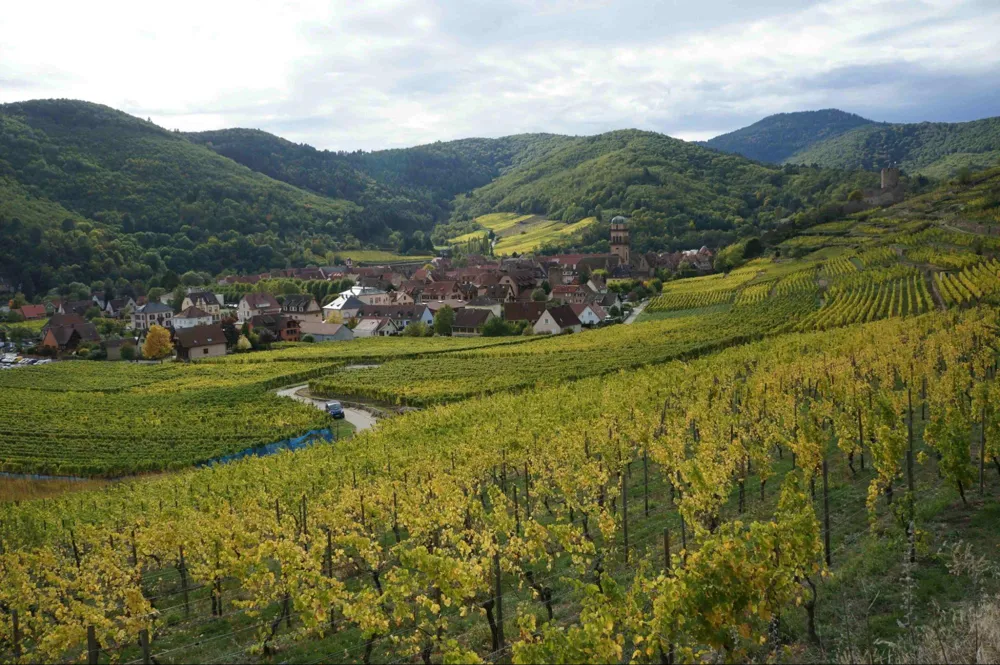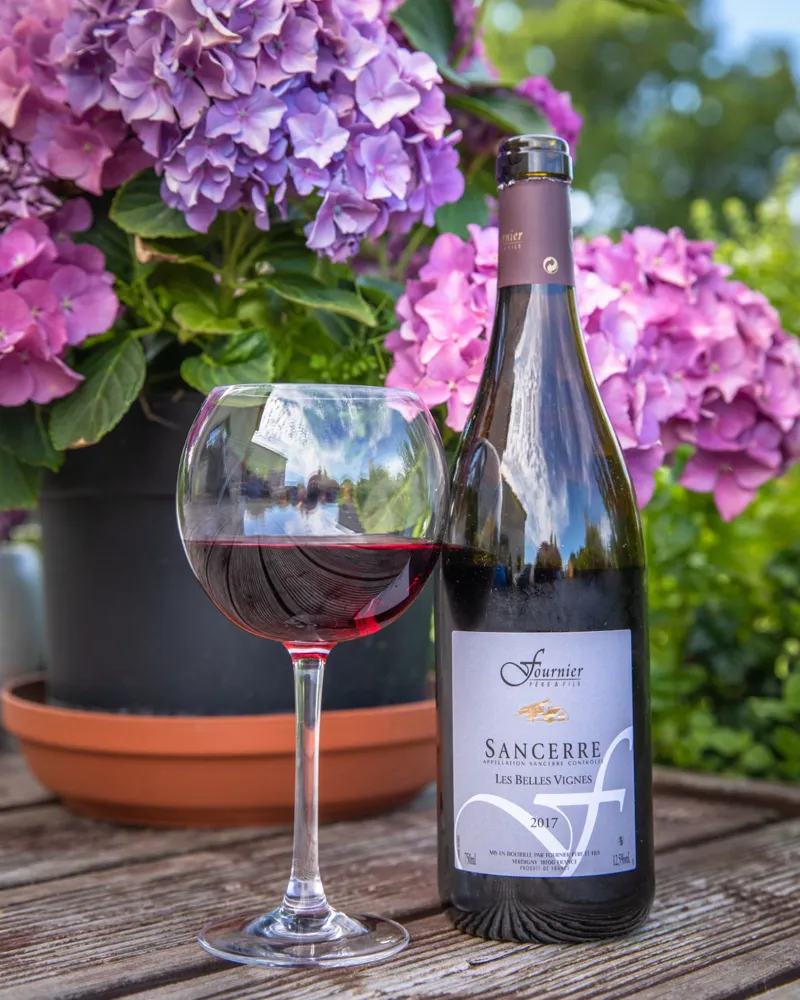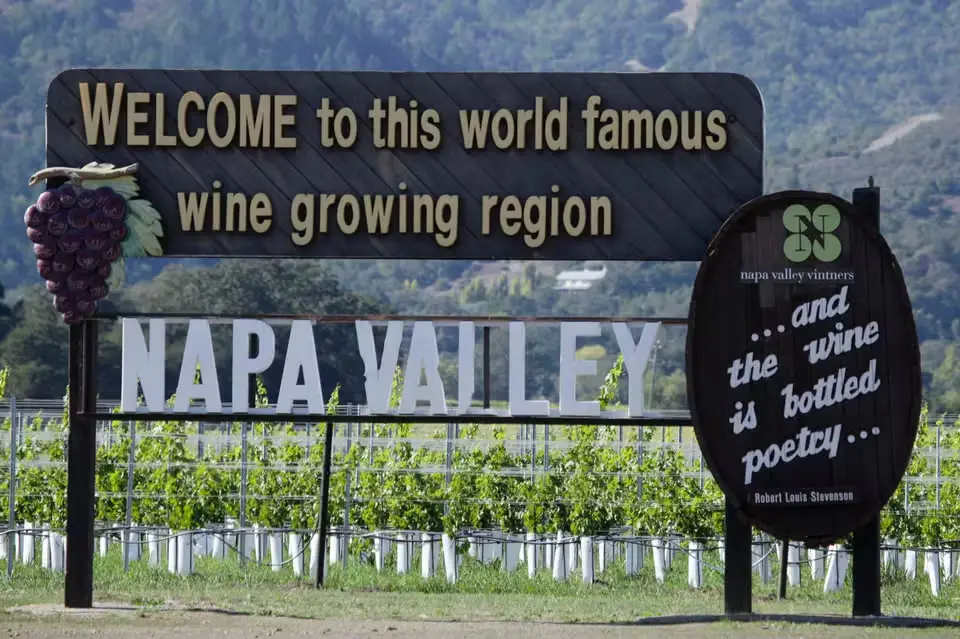Pinot Noir Beyond Burgundy World Tour I: The Rest of France
We love Pinot Noir for a variety of reasons: its elegance and finesse that stand out amidst the bold, rich red wines; its versatility of styles and food pairing abilities; and its potential to craft the world's finest, most complex wines despite being high maintenance in the vineyards and in the cellar.
In the world of Pinot Noir, Burgundy is its spiritual home without doubt. But it's gaining popularity all over the world. Let's start a journey to explore Pinot Noir's charm in different parts of the world and taste its expressiveness of different terroirs.
Pinot Noir thrives in its home country France, besides Burgundy, the grape expresses the terroir of various wine regions in France.

Alsace
If you seek a French Pinot Noir that is fruity and approachable yet fully embodies the grape's character, then Alsace is the place you should be looking at. Despite being a white-dominant region, Pinot Noir is the only permitted red variety of Alsace AOC.
Located in the northeast of France on the borders with Germany, Alsace has the perfect cool climate to grow Pinot Noir. The Vosges mountains on the west of Alsace play a crucial role in defining the region's climate. They provide protection from the prevailing westerly winds and cast a rain shadow over the area. Therefore, Alsace has a continental climate with abundant sunny days which favor the ripeness of Pinot Noir.

Alsace Pinot Noir is a crowd-pleaser as a red wine, characterized by a distinctive red fruit profile with notes of raspberries, cherries, and strawberries. It exudes an aromatic bouquet not only of fruity red berries but also of enchanting floral notes. Light and elegant on the palate, it is typically slightly oaked or unoaked.
As a light, fruity red wine, it has a lot of food pairing options such as roasted poultry, oily fish like salmon and tuna, or spicy savory Asian food.
Champagne
Pinot Noir is one of the Champagne trilogy, and we are no stranger to that. But did you know the finest sparkling wine region also produces still wines? Coteaux Champenois Rouge, though sometimes it can have some Pinot Meunier, is Champagne's answer to the still Pinot Noir.
Champagne has the ideal climate and terroir to grow Pinot Noir and Chardonnay for sparkling wines. But with climate change, the ripeness of Pinot Noir is improving. Earlier harvests and riper fruit aromatics are creating ideal conditions for making still wines. Although not a novelty, still wine has been produced in Champagne for generations, the once-obscure wine sees an increase in quality and consequently in popularity.
Coteaux Champenois Rouge somewhat resembles red Burgundy, delicate and elegant yet profound. It pairs excellently with classic French cuisine such as Coq au Vin, Beef Bourguignon, duck, game, and dishes with mushroom sauce. However, production remains small-scale, and the price of Champagne is not budget-friendly. Nevertheless, it remains a Pinot Noir worth trying.
Loire Valley
Another region famous for white wine that grows Pinot Noir. With the Loire Valley, Sancerre is famous for the flinty, mineral Sauvignon Blanc, but the red from Sancerre, or Sancerre Rouge, is made exclusively from Pinot Noir.
The cool continental climate with Atlantic influence makes Sancerre great for growing Pinot Noir, also because of the proximity of the Burgundy region. Sancerre Rouge is usually light to medium-bodied, juicy with crunchy red fruits, vibrant acidity, with a hint of spiciness. Different from Alsatian Pinot Noir's aromatic fruity profile, Sancerre Rouge is more subtle, due to less sunshine and the chalky, flinty limestone soil.

Sancerre Rouge can be seen as a budget-friendly alternative to Burgundy Pinot Noir. Its supple and elegant nature makes it versatile to pair with a variety of food and a good choice for a summer red.
Jura and Savoie
Jura and Savoie are situated in the east of France bordering Switzerland and produce the lesser-known but getting noticed in recent years, the Alpine, mountain wines, known for their purity and interesting indigenous varieties. The vineyards are usually planted on steep, south-facing slopes, which provide ample sunlight exposure and excellent drainage for perfect ripening conditions in a mountainous area with a harsh continental climate.
Pinot Noir shines in such conditions. In Jura and Savoie, it comes as a single-variety wine or blended with other local red varieties, notably Poulsard and Trousseau in Jura. Like many other mountain wines, the French Alps version of Pinot Noir shows purity and a clean palate, with Pinot Noir's signature red fruit flavors and bracing acidity. It pairs well with cheese-based mountain dishes, root vegetables, and of course, mushrooms.
As the first stop of the Pinot Noir Beyond Burgundy World Tour, we selected some delicious French Pinot Noirs from outside Burgundy, each with a distinctive expression of the terroir. Stay tuned for the next tour, which will bring you to Germany!
Sylvia Ba



